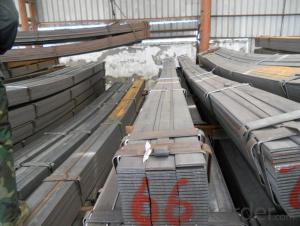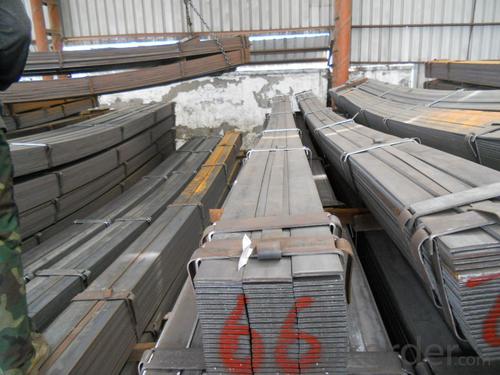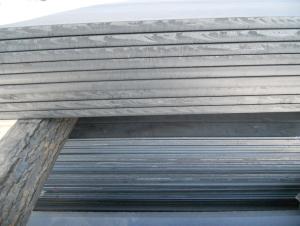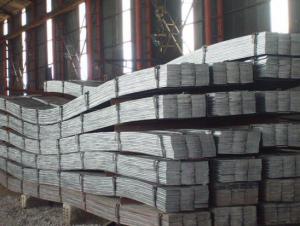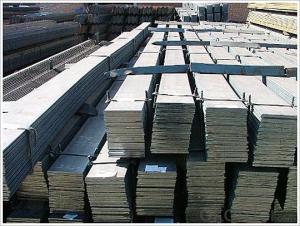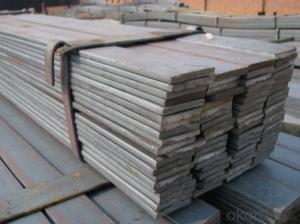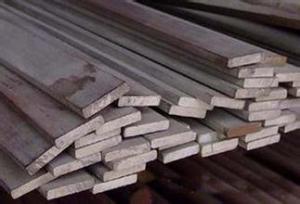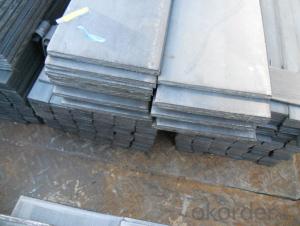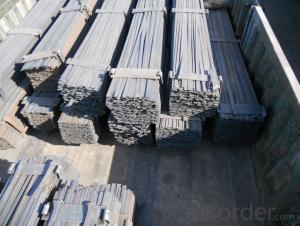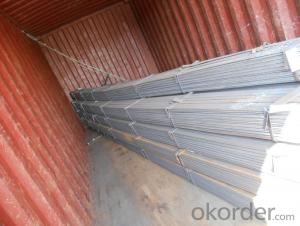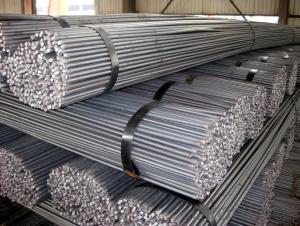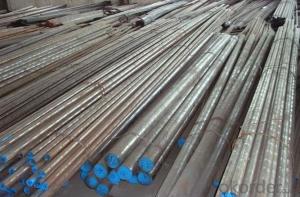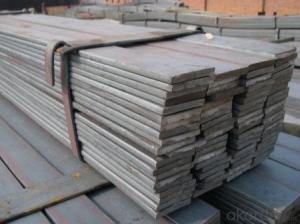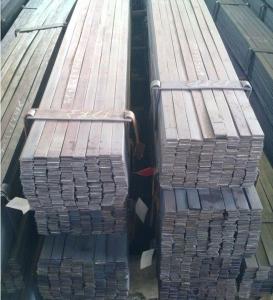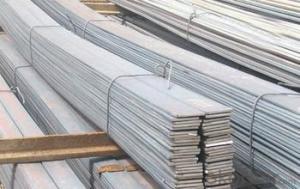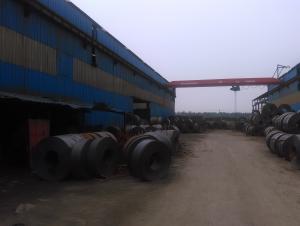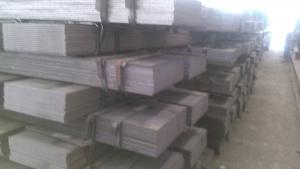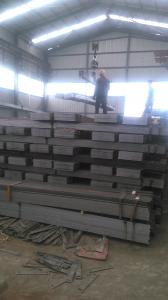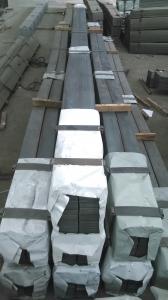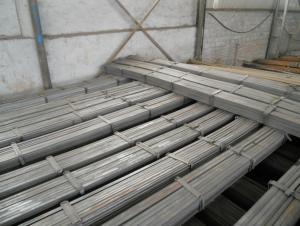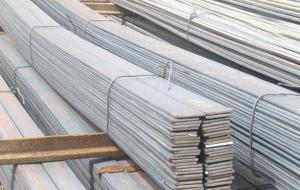Hot Rolled Steel Flat Bars A36, SS400, Q235
- Loading Port:
- Shanghai
- Payment Terms:
- TT OR LC
- Min Order Qty:
- 25 m.t.
- Supply Capability:
- 200000 m.t./month
OKorder Service Pledge
OKorder Financial Service
You Might Also Like
Specification
Product Description:
OKorder is offering Hot Rolled Steel Flat Bars A36, SS400, Q235 at great prices with worldwide shipping. Our supplier is a world-class manufacturer of steel, with our products utilized the world over. OKorder annually supplies products to European, North American and Asian markets. We provide quotations within 24 hours of receiving an inquiry and guarantee competitive prices.
Product Applications:
Hot Rolled Steel Flat Bars A36, SS400, Q235 are ideal for structural applications and are widely used in the construction of buildings and bridges, and the manufacturing, petrochemical, and transportation industries.
Product Advantages:
OKorder's Hot Rolled Steel Flat Bars A36, SS400, Q235 are durable, strong, and resist corrosion.
Main Product Features:
· Premium quality
· Prompt delivery & seaworthy packing (30 days after receiving deposit)
· Corrosion resistance
· Can be recycled and reused
· Mill test certification
· Professional Service
· Competitive pricing
Product Specifications:
Manufacture: Hot Rolled Steel Flat Bars A36, SS400, Q235
Grade: Q195 – 235
Certificates: ISO, SGS, BV, CIQ
Length: 6m – 12m, as per customer request
Packaging: Export packing, nude packing, bundled
Chemical composition of Q235
Alloy No | Grade | Element(%) | ||||
C
| Mn
| S
| P
| Si
| ||
Q235
|
B
|
0.12—0.20 |
0.3—0.7 |
≤0.045 |
≤0.045
|
≤0.3
|
Physical properties of Q235
Alloy No | Grade | Yielding strength point(Mpa) | Tensile strength (Mpa) | Elongation after fracture(%) | ||||||
Thickness (mm) | Thickness (mm) | |||||||||
≤16 | >16--40 | >40--60 | >60--100 | ≤16 | >16--40 | >40--60 | >60--100 | |||
≥ | ≥ | |||||||||
Q235 |
B |
235 |
225 |
215 |
205 |
375--500 |
26 |
25 |
24 |
23 |
FAQ:
Q1: Why buy Hot Rolled Steel Flat Bars A36, SS400, Q235 from OKorder.com?
A1: All products offered byOKorder.com are carefully selected from China's most reliable manufacturing enterprises. Through its ISO certifications, OKorder.com adheres to the highest standards and a commitment to supply chain safety and customer satisfaction.
Q2: What is the normal tolerance of Hot Rolled Steel Flat Bars A36, SS400, Q235?
A2: Normally 3%-5%, but we can also produce the goods according to the customers' requests.
Q3: How soon can we receive the product after purchase?
A3: Within three days of placing an order, we will begin production. The specific shipping date is dependent upon international and government factors, but is typically 7 to 10 workdays
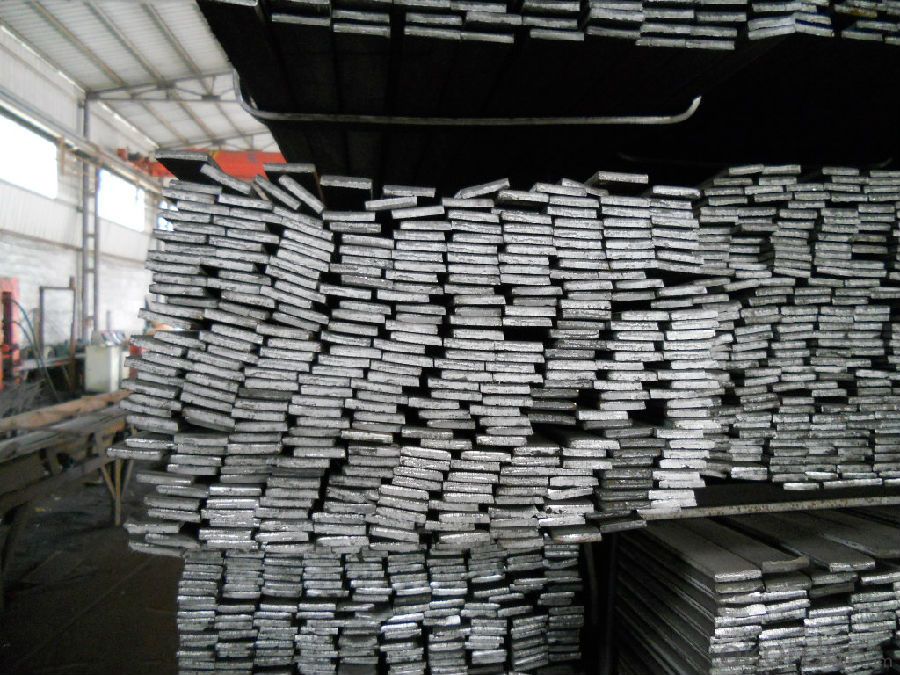
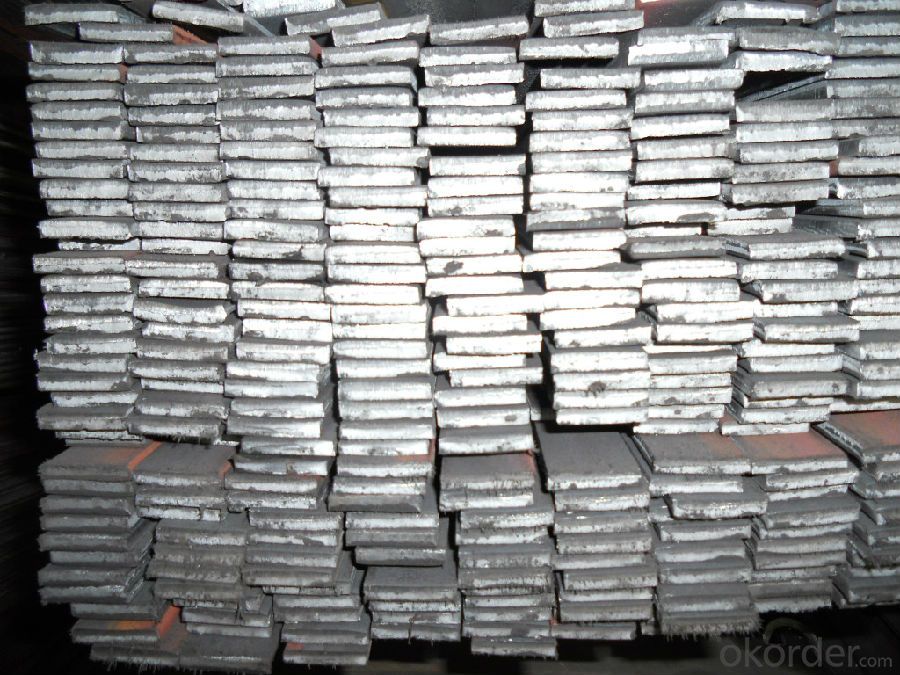
- Q: What is the negative deviation allowed by the national standard for galvanized flat steel of 40*4?
- 40*4 galvanized flat steel GB permitted negative deviation value is the thickness deviation value is 0.2mm, the deviation 0.4mm, the width deviation value is the upper deviation 0.5mm, lower deviation 1.0mm
- Q: Are steel flat bars suitable for fabrication of industrial machinery?
- Indeed, steel flat bars prove to be an appropriate choice for the construction of industrial machinery. Steel, a material known for its exceptional durability and strength, lends itself perfectly to the development of robust machinery capable of enduring the rigorous demands posed by industrial applications. The flat bar shape ensures structural stability and versatility, facilitating effortless fabrication and the opportunity to tailor the design to meet specific requirements. Moreover, steel flat bars boast remarkable resistance to corrosion, a vital characteristic in industrial settings where machinery may encounter moisture or chemicals. In summary, steel flat bars emerge as a dependable and economically viable option for the fabrication of industrial machinery.
- Q: Can steel flat bars be used for creating supports or brackets?
- Indeed, supports or brackets can be fashioned using steel flat bars. Due to their robustness and longevity, steel flat bars are frequently employed to bear substantial weights or ensure structural steadiness. Custom brackets or supports for an array of purposes, including shelves, furniture, machinery, or construction undertakings, can be effortlessly crafted or welded using them. The availability of steel flat bars in various sizes and thicknesses further enhances their adaptability in design and application.
- Q: Can steel flat bars be used for making brackets or supports for audio/video equipment?
- Indeed, brackets or supports for audio/video equipment can be fashioned using steel flat bars. Steel, being a robust and resilient material, is well-suited for the task of supporting bulky equipment. The flat configuration of the bars permits effortless fastening to walls, ceilings, or other surfaces. Furthermore, steel flat bars can be readily cut and molded to match the precise dimensions and specifications of the equipment. They offer stability and are capable of enduring the weight and strain of audio/video equipment, guaranteeing a secure and protected installation.
- Q: Are steel flat bars available in different grades?
- Different grades of steel flat bars are available. These grades are determined by the chemical composition, mechanical properties, and intended use of the bars. Mild steel, carbon steel, stainless steel, and alloy steel are common examples of these grades. Each grade possesses distinct properties and characteristics that make them suitable for specific applications. When choosing the appropriate grade, factors like required strength, corrosion resistance, machinability, and weldability must be taken into consideration. The specific requirements of the project or application should be carefully considered in order to select the most suitable grade of steel flat bar.
- Q: Can steel flat bars be used in architectural designs?
- Yes, steel flat bars can be used in architectural designs. They are versatile and can be used for various structural and decorative purposes such as framing, support beams, handrails, and cladding. Their durability, strength, and sleek appearance make them a popular choice in modern architectural designs.
- Q: How do steel flat bars contribute to the overall efficiency of industrial structures?
- Steel flat bars contribute to the overall efficiency of industrial structures by providing strength, stability, and versatility in construction. These bars are commonly used as structural components, such as beams, columns, and braces, due to their high tensile strength and ability to withstand heavy loads. Their flat shape allows for easy fabrication and welding, making them a cost-effective choice for constructing various industrial structures. Additionally, steel flat bars offer excellent durability, corrosion resistance, and long-term performance, ensuring the longevity and reliability of the overall structure.
- Q: Can steel flat bars be used in the construction of staircases or handrails?
- Yes, steel flat bars can be used in the construction of staircases or handrails. They are commonly used as a structural component for support and stability in staircases and handrails due to their strength and durability. Steel flat bars can be easily shaped and welded, making them suitable for creating various designs and configurations for staircases and handrails.
- Q: How do steel flat bars behave under high temperatures?
- Steel flat bars behave differently under high temperatures depending on the type of steel and the specific temperature range. In general, steel has a high melting point and is known for its ability to withstand heat. However, when exposed to extremely high temperatures, steel flat bars may undergo certain changes in properties. At temperatures below the steel's melting point, the flat bars will typically retain their shape and strength. They may expand slightly due to thermal expansion, but this is usually minimal and does not significantly affect their structural integrity. Steel is known for its excellent thermal conductivity, which allows it to transfer heat away from the hot areas, minimizing the risk of deformation or failure. As the temperature continues to rise, steel can begin to lose its strength and become softer. This process, known as tempering, occurs due to the rearrangement of the steel's crystal structure. It is important to note that the exact temperature at which tempering occurs depends on the specific type of steel. For instance, low carbon steels will start to soften at relatively lower temperatures compared to high carbon steels. If the temperature reaches a critical point, known as the austenitizing temperature, steel undergoes a phase transformation and becomes austenitic. At this stage, the steel becomes highly malleable and can be easily shaped. However, it also loses its strength and hardness, making it more prone to deformation and failure. Additionally, prolonged exposure to high temperatures can cause steel flat bars to experience oxidation, leading to the formation of rust. This can further weaken the steel and compromise its structural integrity. In summary, steel flat bars generally behave well under high temperatures up to their melting point. They retain their shape and strength, with minimal expansion. However, beyond certain temperature thresholds, steel can begin to soften or even undergo phase transformations, leading to reduced strength and increased susceptibility to deformation. Therefore, it is crucial to consider the specific type of steel and its temperature limitations when exposed to high temperatures.
- Q: What are the different dimensions available in steel flat bars?
- The dimensions available in steel flat bars can vary, but common sizes include thicknesses ranging from 1/8 inch to 1 inch, and widths ranging from 1/2 inch to 12 inches.
Send your message to us
Hot Rolled Steel Flat Bars A36, SS400, Q235
- Loading Port:
- Shanghai
- Payment Terms:
- TT OR LC
- Min Order Qty:
- 25 m.t.
- Supply Capability:
- 200000 m.t./month
OKorder Service Pledge
OKorder Financial Service
Similar products
Hot products
Hot Searches
Related keywords
